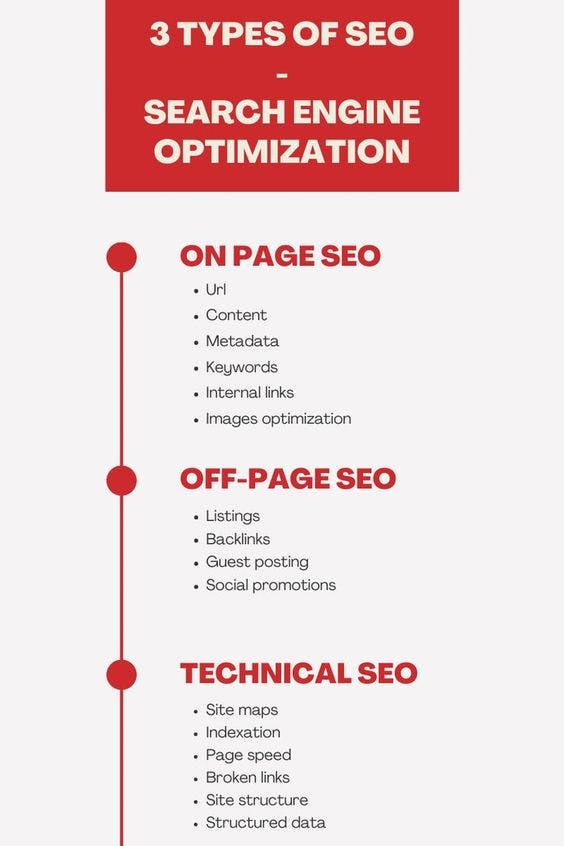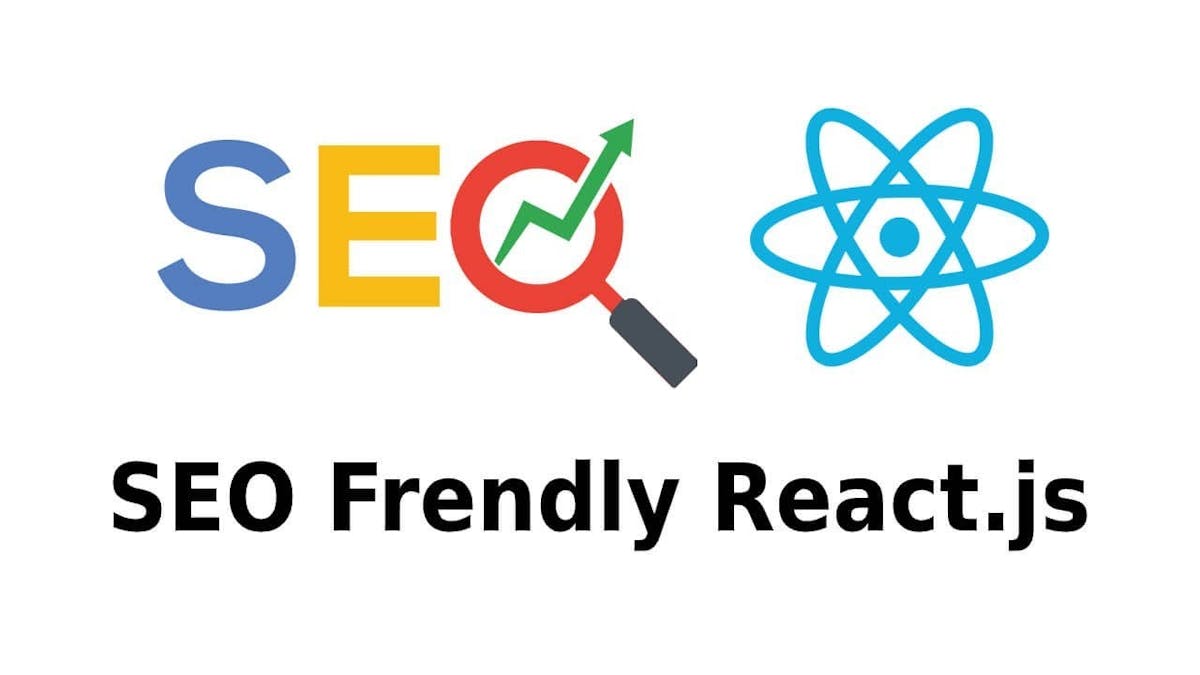
Boost Your Next.js Website's Visibility with Next JS SEO Techniques
Evgeny Shakhin and Elena TikhonovaJune 26th, 2023
Brief summary
Is Next.js Good for SEO?
How to Manage SEO in Next.js?
Is Next.js Better Than React for SEO?
Is React SEO-Friendly?
Scroll down to read the entire article.
In today's digital landscape, having a strong online presence is crucial for the success of any business or website. Search engine optimization (SEO) plays a pivotal role in driving organic traffic to websites, and Next.js, a powerful framework built on top of React, has gained significant popularity among developers. In this article, we will explore the benefits of Next.js for SEO, discuss how to manage SEO in Next.js, compare Next.js and React's SEO capabilities, explain the concept of SEO and technical SEO, emphasize the importance of SEO, and provide ten valuable tips for building an SEO-friendly JAMstack website.
Is Next.js Good for SEO?
Next.js is an excellent framework for building SEO-friendly websites. It offers server-side rendering (SSR) and static site generation (SSG) capabilities, which provide significant advantages for SEO. SSR allows search engines to crawl and index the content effectively, improving the website's visibility in search engine result pages (SERPs). SSG, on the other hand, generates static HTML files during the build process, resulting in fast-loading web pages and enhancing the user experience. These features make Next.js highly suitable for achieving good SEO performance.
How to Manage SEO in Next.js?
To effectively manage SEO in Next.js, consider the following strategies:
Implement Proper Metadata: Utilize appropriate title tags, meta descriptions, and structured data to provide search engines with essential information about your web pages.
Optimize URL Structure: Create user-friendly URLs that are descriptive, readable, and include relevant keywords.
Render Dynamic Content: Utilize dynamic routing in Next.js to render dynamic content while maintaining SEO-friendly URLs.
Leverage Next.js Image Optimization: Utilize Next.js's built-in image optimization to ensure optimal page loading speed without sacrificing image quality.
Implement Canonical URLs: Use canonical URLs to avoid duplicate content issues and consolidate SEO signals to a preferred version of a page.
Implement XML Sitemaps: Generate XML sitemaps and submit them to search engines to ensure all relevant pages are indexed.
Handle Redirects Properly: Implement appropriate redirects, such as 301 redirects, to preserve SEO value when modifying URLs or moving content.
Optimize Page Loading Speed: Optimize your Next.js website's performance by minimizing render-blocking resources, compressing images, and leveraging caching techniques.
Ensure Mobile Responsiveness: Make your Next.js website mobile-friendly to meet the expectations of modern search engines and users.
Focus on High-Quality Content: Create valuable, informative, and unique content that caters to your target audience's needs, enhancing your website's visibility in search results.

Is Next.js Better Than React for SEO?
Next.js is built on top of React, and while both frameworks can be made SEO-friendly, Next.js offers additional features that specifically target SEO requirements. React is primarily a client-side framework, and its initial rendering occurs on the client-side, which can cause issues with search engine crawlers. In contrast, Next.js provides server-side rendering and static site generation out-of-the-box, making it easier to optimize websites for SEO purposes. Therefore, Next.js is generally considered more SEO-friendly than React alone.
Is React SEO-Friendly?

Although React is primarily a client-side framework, it is still possible to optimize React websites for SEO. With techniques such as server-side rendering (SSR) or pre-rendering, React applications can deliver pre-rendered HTML to search engines, improving crawlability and indexability. Additionally, using technologies like Next.js, Gatsby, or React Static can enhance React's SEO capabilities by providing SSR or SSG features.
Understanding SEO and Technical SEO:
SEO, short for Search Engine Optimization, is the practice of optimizing a website to increase its visibility and organic traffic from search engines. It involves various strategies and techniques aimed at improving the website's rankings in search engine result pages (SERPs) for relevant keywords and driving targeted organic traffic.
Technical SEO is a subset of SEO that focuses on the technical aspects of a website to enhance its search engine performance. It involves optimizing website infrastructure, server configuration, website speed, crawlability, indexability, and other technical factors that impact search engine visibility. Technical SEO ensures that search engine bots can efficiently crawl and understand the website's content, leading to better indexing and ranking.
Why is SEO Important?
SEO is crucial for several reasons:
Increased Visibility: SEO helps your website appear prominently in search engine results, increasing its visibility to potential visitors.
Organic Traffic: By improving your website's rankings, SEO drives targeted organic traffic, resulting in higher quality leads and potential conversions.
Credibility and Trust: Websites that rank higher in search results are often perceived as more credible and trustworthy by users.
Cost-Effective Marketing: SEO provides a long-term and cost-effective marketing strategy compared to paid advertising, as organic search traffic is free.
Improved User Experience: SEO techniques such as optimizing page speed, responsive design, and user-friendly navigation contribute to an enhanced user experience.
Competitive Edge: Effective SEO can give your website a competitive advantage by outranking competitors and attracting a larger share of organic traffic.
Website Performance and SEO:
Website performance plays a crucial role in SEO. Search engines, like Google, consider website speed as a ranking factor. A slow-loading website can negatively impact user experience, increase bounce rates, and lead to lower search rankings. Therefore, optimizing website performance is vital for SEO success. Consider implementing techniques like caching, minifying files, optimizing images, reducing server response time, and using content delivery networks (CDNs) to enhance website speed.
10 SEO Tips for Building an SEO-Friendly JAMstack Website:
Keyword Research:
Conduct thorough keyword research to identify relevant and high-intent keywords to target in your content.
Content Optimization:
Create high-quality, unique, and keyword-rich content that meets the needs of your target audience.
On-Page SEO:
Optimize title tags, meta descriptions, headers, and URL structures to align with target keywords and improve click-through rates.
Mobile Responsiveness:
Ensure your JAMstack website is fully responsive and provides an optimal user experience on mobile devices.
Link Building:
Focus on acquiring high-quality backlinks from reputable websites to improve your website's authority and rankings.
Social Media Integration:
Integrate social media sharing buttons to encourage users to share your content, increasing its visibility and potential reach.
Local SEO:
If applicable, optimize your JAMstack website for local search by including location-specific keywords and ensuring accurate business information on directories.
Technical SEO Audit:
Regularly conduct technical SEO audits to identify and fix any crawlability, indexability, or other technical issues that may affect your website's performance.
User Experience Optimization:
Enhance user experience by optimizing website navigation, improving page load speed, and ensuring intuitive design.
Analytics and Monitoring:
Utilize tools like Google Analytics to monitor your website's performance, track user behavior, and make data-driven decisions to optimize your SEO strategies
Next.js provides excellent capabilities for building SEO-friendly websites with its server-side rendering and static site generation features. By leveraging Next.js and implementing effective SEO strategies, you can enhance your website's visibility, attract targeted organic traffic, and achieve better search engine rankings. Remember to focus on technical SEO, optimize website performance, create high-quality content, and follow best practices to maximize the SEO potential of your JAMstack website.
Leave your comment
Your feedback is very important to us. Share your thoughts on what you read, or tell your own story.
Rating